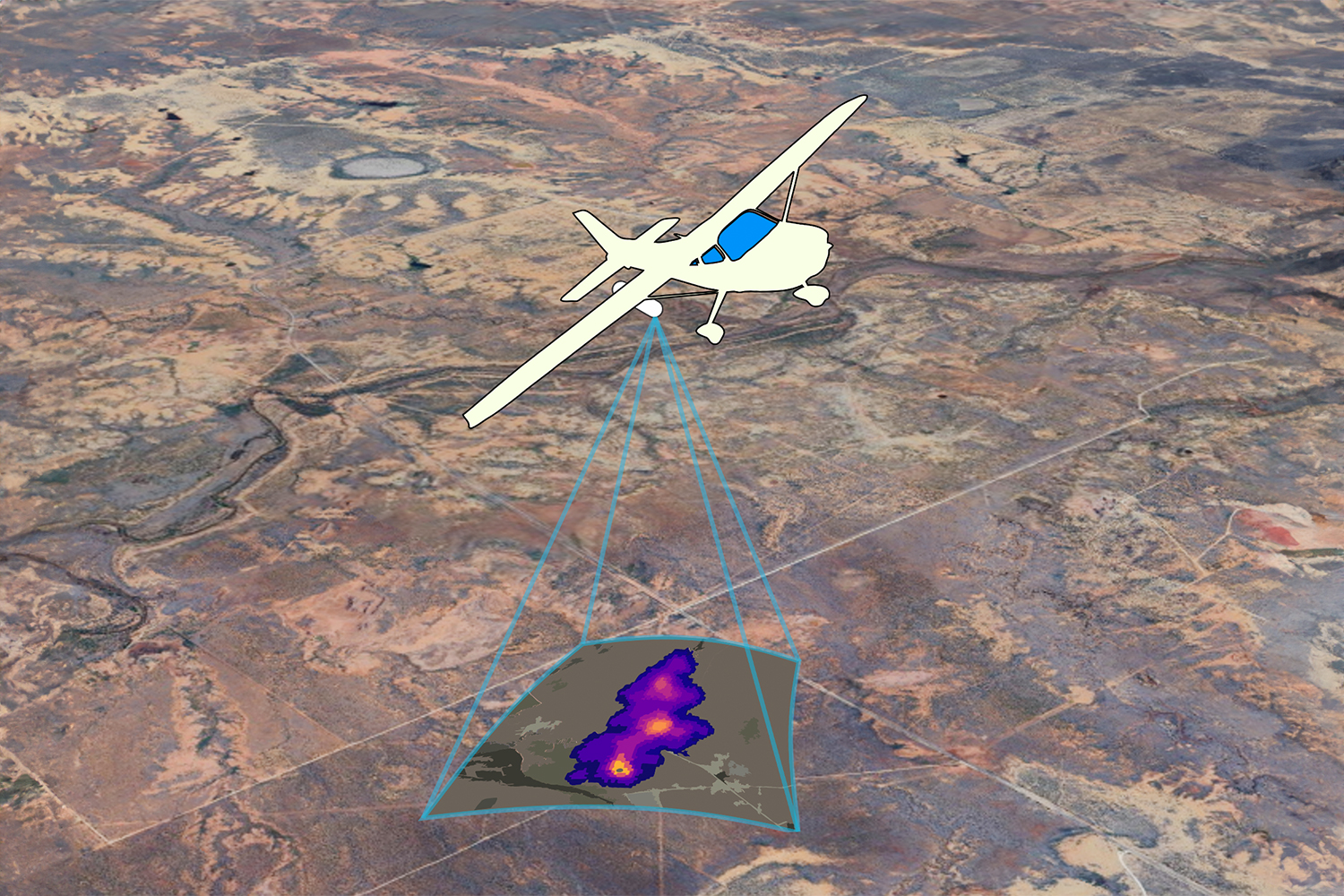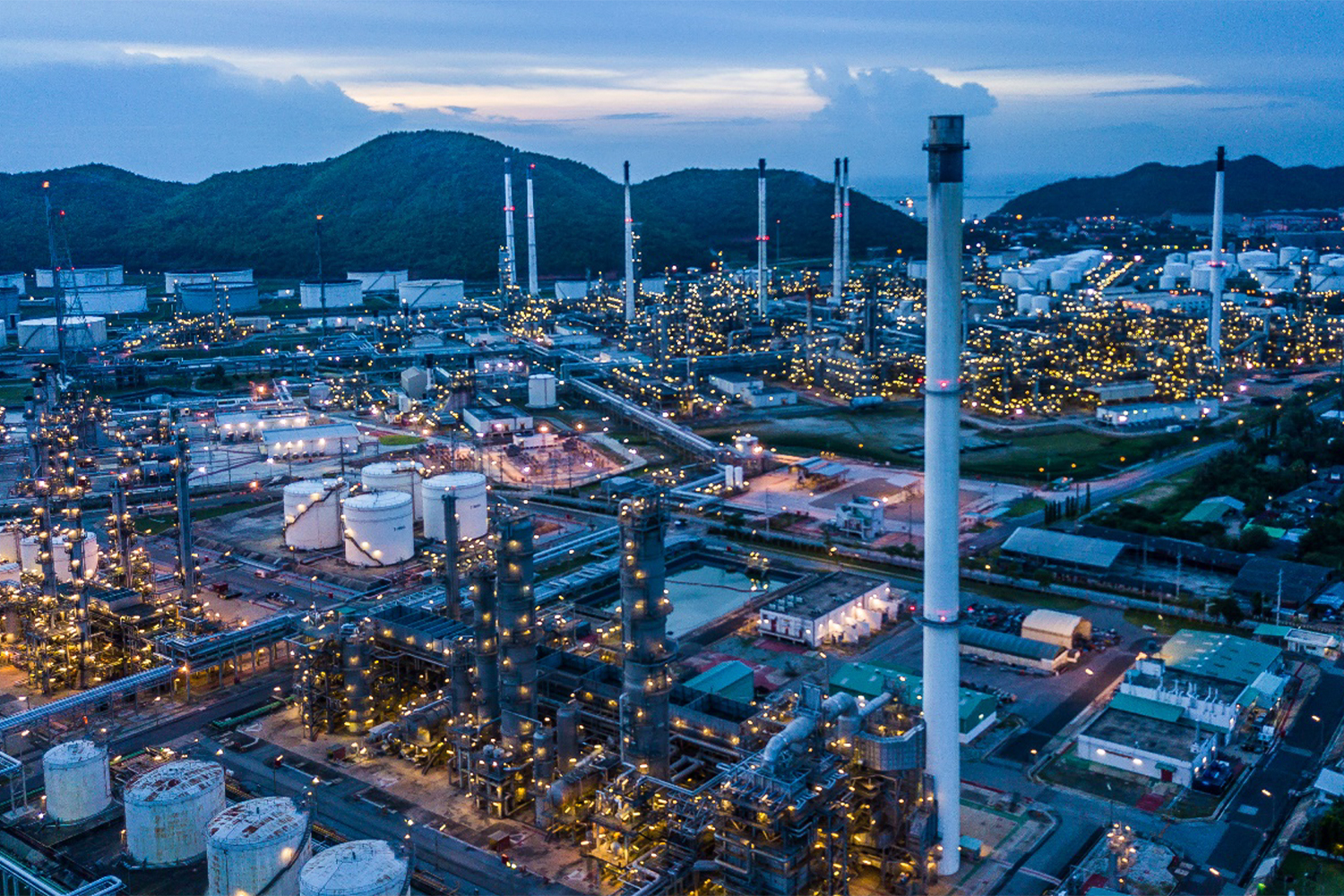A lot has been happening in methane emission research! In this month’s Research Digest, we catch you up on peer-reviewed oil and natural gas (O&G) emissions science, including: under-reporting methane emissions to the UN, discrepancies between satellite and bottom-up emissions estimates, high methane emissions at low-production O&G sites, a look at future research opportunities in leak detection, drone-mounted mounted methane detector applications, and more!
Satellite Estimated Oil and Gas Methane Emissions in USA 80% Higher than National Inventory Reported to the United Nations
TROPOMI Satellite observations from 2018-2020 are used to quantify methane emissions in 14 oil and gas producing basins Canada and the US. By aggregating results to the national scale, researchers estimate oil and gas related methane emissions of 12.6 million tonnes per year in the USA and 2.2 million tonnes per year in Canada. These estimates are respectively 80% and 40% higher than national inventories reported to the UN here.
A Comprehensive Review of Regional and Point-Source Methane Monitoring Satellites
A review is conducted of current and planned satellites observing methane via short-wave infrared. Each system’s capabilities are summarized and categorized as either area flux mappers or point source imagers. Authors stress the importance of exploiting synergy among the various orbital and suborbital instruments for a multi-tiered observation strategy. The authors comment on the difficulties of orbital methane observation over water, arctic, and wet tropics due to persistent cloud cover here.
US Oil and Gas Low Production Sites Contribute Disproportionate Methane Emissions
Oil and Gas site level production and methane emission are analyzed for 240 low production sites. Although producing 6% of the nation’s Oil and Gas, this research estimates these sites are responsible for 37-75% of all Oil and Gas methane emissions in the US. The authors suggest that significant reductions in Oil and Gas methane emissions requires mitigation of low-production sites here.
Systematic Literature Review of Pipeline Leak Detection Methods Recommends Avenues of Future Research
Over 27,000 references of studies containing the keywords “leak detect” and “pipe” were distilled to 208 suitable publications for literature review. The authors broadly classify pipeline inspection methods into 3 categories: externally based, internally/computational based, and visual/inspection methods, summarizing the advancements in each category. They conclude by identifying deployment of drones and robots as a priority area of further research, by exploring the application of machine learning and autoencoders here.
Offshore Methane Emissions Spectrally Detected and Quantified with Sun Glint Technique
A nascent airborne spectroscopic methane detection method is applied to over 150 shallow offshore oil and gas facilities in the Gulf of Mexico. Using the phenomenon of sun glint, the authors overcome the difficulties of trace gas detection over bodies of water. Subsequent analysis revealed that “CH4 emissions from the measured platforms tend to be very persistent and exhibit highly skewed super emitter behavior.” The researchers propose that methane mitigation efforts in the surveyed sector could have a high impact here.
Drone Mounted Methane Detectors can Assess Offshore Emission Rates
Miniaturized laser absorption methane detectors are tested on drones. The researchers found that quantification is more accurate in stable air conditions with sufficient wind speeds. This work shows that combining wind data with sensitive mobile methane concentration data can yield robust and accurate offshore emission rates. The authors stress the importance of leveraging drone technology to meet emission reduction goals here.
Methane Point Source Quantification from Drone Surveys
Controlled point release experiments in Dübendorf, Switzerland compare results of 2 drone mounted sensors. After applying 6 quantification approaches, most accurate results are reported with the cluster kriging with projected wind method. The authors conclude by listing the advantages and practicalities of drone methane plume quantification solutions, such as accessing difficult to reach locations, here.
Methane Emissions in Engine Exhaust During Liquified Natural Gas Carrier Ship’s Second Voyage
The first study of its kind, greenhouse gas emissions from a liquified natural gas carrier ship’s round trip voyage are directly measured and analyzed. Although carbon dioxide emissions are consistent with previous modelling studies, methane emissions are higher. Uncombusted methane fuel in the engine exhaust, known as methane slip, contributed 99.8% of methane emissions over the voyage. The authors conclude that running the engines at a higher load would improve efficiency and reduce methane emissions by over half here.
Simulations of a Fixed Monitoring Network Capable of Consistent Methane Emission Detections in Permian Basin
Atmospheric dispersion modeling simulates methane leaks for 26 oil producing site in the Permian Basin. The researchers investigated a virtual network of fixed sensors for different sensitivities, number of sensors, site densities, calculation approaches, weather conditions, emission intermittency, and emission rates. The authors conclude that a network with approximately one continuous methane monitor per site is likely capable of consistent methane detections for emissions of 5-10 kg/hr here.
Estimation of Methane Emissions from Coal Mine Ventilation Facilities
A network of methane monitors in the Upper Silesian Coal Basin, Poland, is used to estimate methane emission rates. The researchers estimate methane emissions as high as 790 kt per year for some parts of the basin and suggest emissions are higher than reported by the European Pollutant Release and Transfer Register. They recommend denser, permanent networks to quantify coal mine ventilation methane emissions here.






